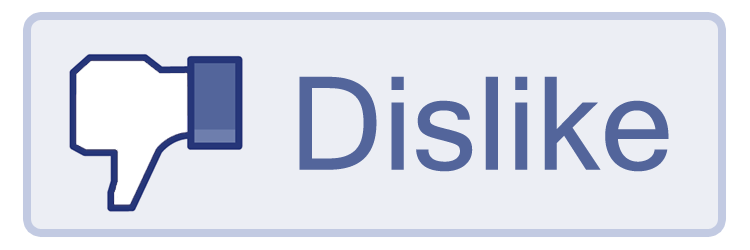From photos of epic recipe fails to news about Will Smith at the Oscars, there have likely been plenty of posts people wish they could “dislike” over the years. Soon, that option will become available as Twitter moves to roll out their new dislike feature. This feature is designed to help users effectively control their feed, however, many social media users are concerned about a dislike button’s impact on their mental health.
Many use social media to escape from the stress and anxiety life can bring. These platforms provide a place where people can freely express themselves by sharing personal moments, dreams, and opinions. For years, users have requested a dislike button that would allow them to express their disapproval of posts; to vote against content that friends post or share in a public manner.
While many users love the idea of adding a dislike button, there are just as many that aren’t looking forward to having their content disliked. A Pew study on the rewards and influence of social media on Americans stated younger adults continuously strive for more likes and comments on their posts, ultimately building up or breaking down their self-esteem. Although people enjoy being accepted and loved, if many people knock a user down with dislikes, this can have negative impacts on their mental health. “Twitter is my outlet where I can speak my mind and feel no judgment,” said Cruz Marcos, a third-year music major.
The dislike button is not just expressing lighthearted disagreement improving the user’s experience. It can trigger comparison among users based on their many likes and few dislikes. Making users hypercritical of themselves on and off line negatively impacting their self-worth.“I feel more self-conscious about tweeting with the new feature. I don’t want to say the wrong thing and get more dislikes than likes,” continued Marcos.
For young adults, the challenges of self-esteem issues on social media are very real, even without any dislike buttons. Bringing negativity into the equation opens up a whole new door. “Imagine getting 20 likes and five dislikes. Those five dislikes will haunt you all day,” said Aron Torres, fourth-year Communications major.
A Pew research study on social media negative bias stated that social media users. are three times more likely to click on negative information on social media. Any user is more likely to remember and be affected by the negativity we face online. Receiving just one dislike is enough to overshadow any amount of likes and ruin any user’s day.
A dislike button can certainly bring unnecessary conflict to a user’s life, but when regulated under tight policies and terms, the impact is diminished. “I wouldn’t want my young niece to post something and get targeted by people hiding behind a screen hitting the dislike button like a game of whack-a-mole,” said Angelica Hercules, fourth-year English major.
One solution is to keep the dislike feature disabled for users below a certain age. Another option is to leave it to the users to decide whether they want a dislike button feature on their account or not. In any scenario, the main goal should be to do what’s best for people’s mental health.
Every social media user is entitled to their opinions, whether positive or negative. The responsibility falls onto social media platforms to provide the proper guidelines and ensure all users have a safe experience.





![[Both photos courtesy of sonoma.edu]
Ming-Ting Mike Lee stepped in as the new SSU president following Sakakis resignation in July 2022](https://sonomastatestar.com/wp-content/uploads/2024/04/CC4520AB-22A7-41B2-9F6F-2A2D5F76A28C-1200x1200.jpeg)



























